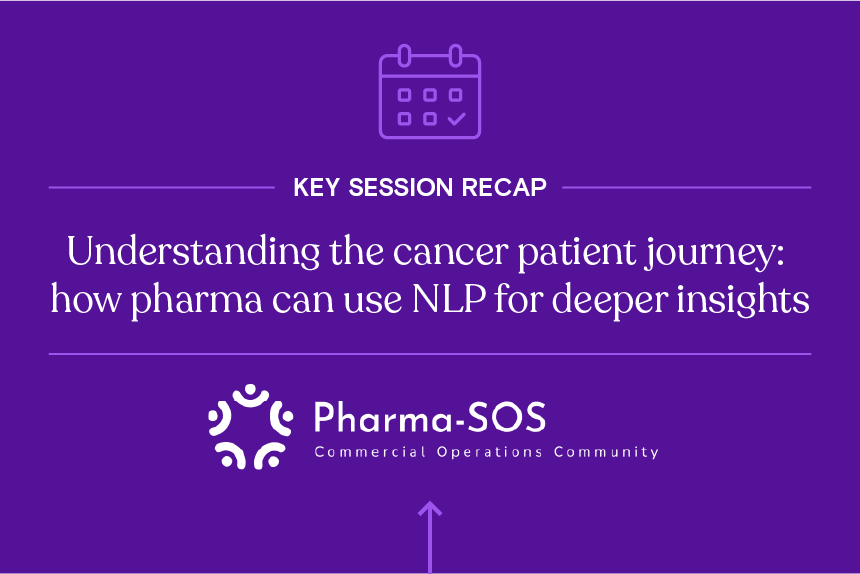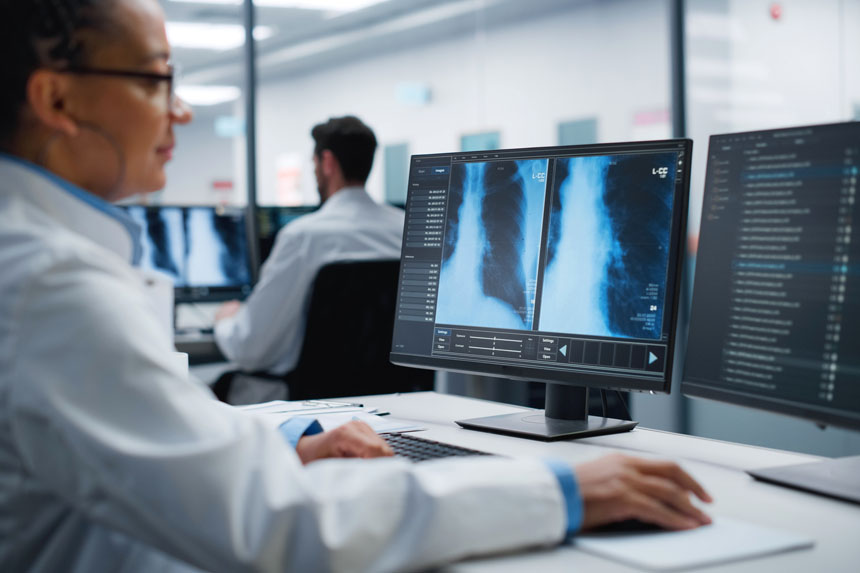Medical device and biopharmaceutical companies face a unique and challenging product development life cycle.
Their treatment, drug or device goes through a rigorous process of testing and approval long before it gets into the hands of the customers. This can make developing a new product a time-consuming, costly risk for most companies.
It’s easy to see how this can be an intimidating hurdle to overcome.
While there are several key elements to the development life cycle to consider, we’re going to focus on two of the most important—the approval process and the steps you need to take to get your product to the people who need it most.
Getting your product approved
So, your company has designed an amazing, new medical product that’s poised to help people in need. Great! But before it reaches the shelves; it needs to be approved first.
The Food and Drug Administration (FDA) has two main avenues for biopharma and medical device companies to follow to market their products in the United States. The stricter process of the two is Premarket Approval, which requires clinical and laboratory studies and detailed technical documentation. It’s intended only for new medical devices and a small percentage of devices the FDA considers to be the most risky.
The other path to commercialization is through the 510(k) process, also known as premarket notification. The vast majority of medical devices approved for sale on the U.S. market are cleared through the 510(k) process, which is intended for devices that are similar—or substantially equivalent—to a product already cleared for sale.
There are two key details that differentiate 510(k) clearance from premarket approval.
- Products cleared through the 510(k) process are not required by the FDA to conduct clinical studies.
- Products cleared through the 510(k) process aren’t necessarily “new” products to the market. They are deemed safe, effective and marketable because their device has been determined to be comparable to an already approved device.
Of course, there are other ways for a company to get its product approved. Pharmaceutical companies looking to bring a new drug to market may have to submit a new drug application to the FDA or pursue an accelerated approval program. In times of a public health emergency, the FDA may also issue emergency use authorizations to allow select medical devices, treatments, and drugs to reach the market faster.
Because most medical products pursue 510(k) clearance, we’ll dive into a high-level overview of the process and then follow with the steps companies must take to get their product cleared for sale.
Three things your company should know to prepare for 510(k) clearance
Those three things are:
- The submission process is slow and expensive.
- Your device must be substantially equivalent to a previously approved product.
- Your device will be “cleared,” not “approved.”
The FDA can take months to review your device
Although the FDA states that the timeframe for review is 90 days, don’t be fooled—it can take about five or six months for most devices to be cleared, according to this report. Interestingly, the study reveals that medical devices for radiology are cleared the quickest at 112 days. Devices for immunology take the longest at 250 days.
In addition, bringing a device to market can be expensive. According to Drugwatch, it could cost a manufacturer thousands or even millions of dollars to bring their device to market.
How to be substantially equivalent
In order to be successfully cleared, you’ll need to demonstrate how your device is substantially equivalent to another device already approved by the FDA, which you can find extensive information about here.
To summarize, your device will be determined substantially equivalent if it:
- Has the same intended use and technological characteristics as the approved product; OR
- Has the same intended use, different technological characteristics and is as safe and effective as the approved product.
The difference between clearance and approval
For the purposes of marketing and advertising your product, there is an important distinction to note between “clearance” and “approval.”
The FDA regards the 510(k) path as a clearance process rather than an approval process. This means that products that go to market through the 510(k) are not permitted to advertise with the “FDA approved” stamp. Medical devices that go down the premarket approval path must prove their safety and efficacy through clinical and laboratory testing, and so the FDA is allowed to stamp their approval on the product.
You’ve received 510k approval—now what?
While the FDA submission process can be long and challenging, getting your product into the hands of customers presents its own hurdles. Fortunately, there are some strategies you can use to make it go more smoothly.
Find the patients who benefit the most from your device
All medical devices, from contact lenses and pregnancy tests to sutures and syringes, are designed to help people stay healthy. But before you get your product into the hands of the people who need it most, you first need to understand who your patient population is and the healthcare journey they take.
Insights from medical claims data are a great place to start. These kinds of data can grant you a clearer, more detailed picture of your patient population throughout the journey. You can use this information, alongside diagnosis and procedure codes, to identify opportunities your medical device can leverage to improve patient care.
Find the healthcare providers who can make an impact on your success
Once you have an understanding of your patient populations, the other half of the puzzle is understanding the decision-makers and influencers in your market that can help you succeed.
When reaching out to a hospital, your sales team can take advantage of org charts to identify and prioritize the right physicians to champion your device and the right executives to cultivate relationships with.
Once more, you can use procedure codes to guide your decision-making and sales strategy. By measuring the volume of the codes relevant to your product you can gain a deeper insight into how and which healthcare providers are billing for these services.
Lastly, as you build a sales team you are able to segment and prioritize high decile areas to place new members of your sales team.
Use data to work smarter
For this strategy, you’ll want to start it before or during the 510(k) review process. Because clearance is granted when the FDA determines your product to be substantially equivalent to an approved product, you can piggyback off already established information. This will pay off after the review, as you’ll be able to map out the competitive landscape and make well-informed decisions with confidence.
You need to do your homework. Take a deep dive into how the equivalent product works and what its key benefits and features are. Use marketing documentation, real-world data, product sheets and testimonials. You may want to consider buying the product to make comparisons and see first-hand how your device performed compared to what’s already available.
Market intelligence can make for a valuable tool in your sales team’s arsenal. Use it to define what makes your product different and why it’s safer and more effective. You can also use it to sharpen critical messaging to the decision-makers and executives in charge of buying your device. Most importantly, data supports the market context your earlier research into patient populations and organizations has provided.
Learn more
Getting your device cleared by the FDA and into the market doesn’t need to be so challenging. The right data and information to support you can streamline the submission process, identify new opportunities, and prime your product to be as successful as possible.
There are plenty of resources available here at Definitive Healthcare and at the FDA. If you need more information on the 510(k) process, the FDA’s 510(k) Checklist is an invaluable resource.
For medical device companies, read the Healthcare Data & Analytics eBook to learn more about navigating industry challenges and tips on how to champion data-driven decision-making at your company.
For biopharma companies, check out this eBook on how to use data and analytics to develop and commercialize pharmaceuticals.
You can also start a free trial to see how healthcare commercial intelligence can help accelerate your product’s go-to-market strategy.





